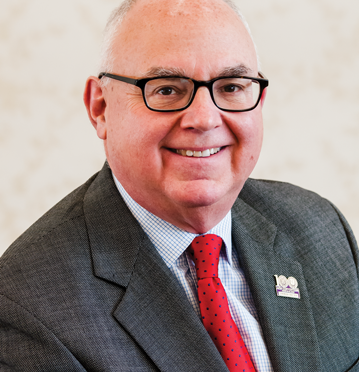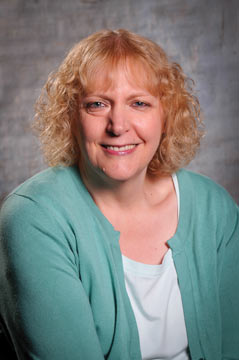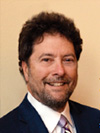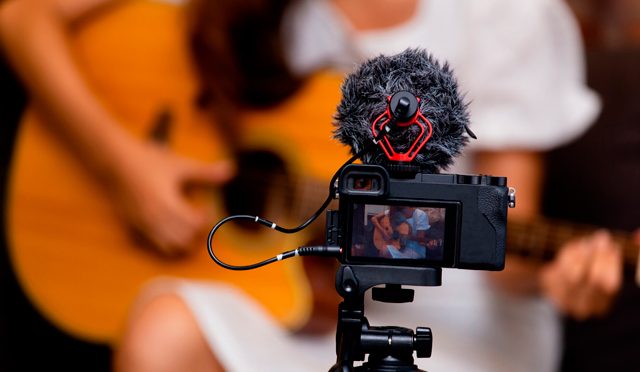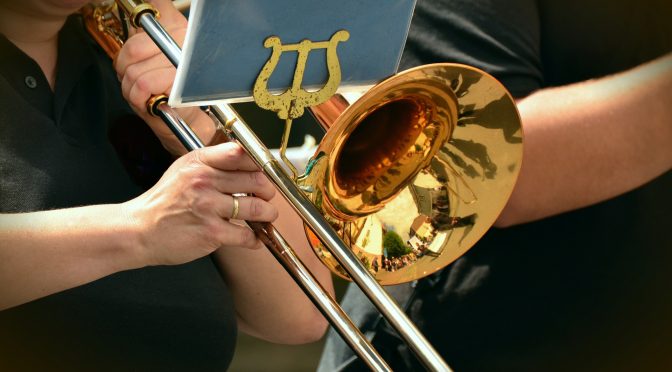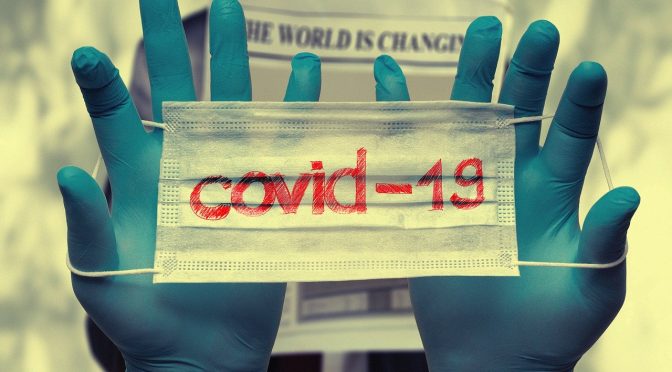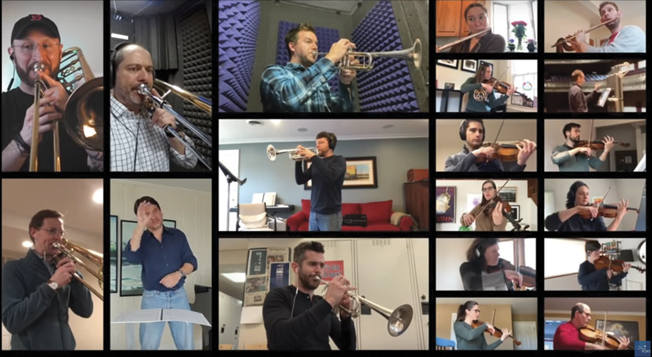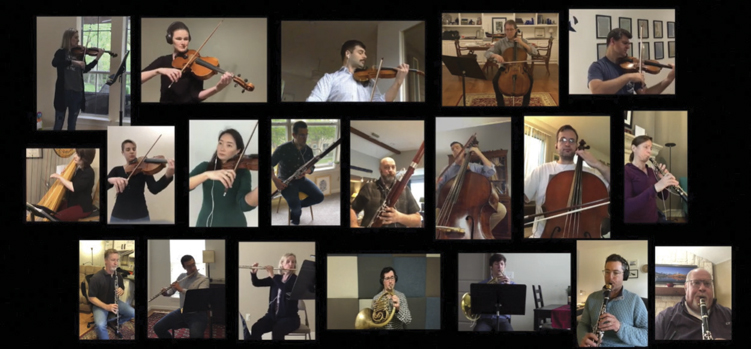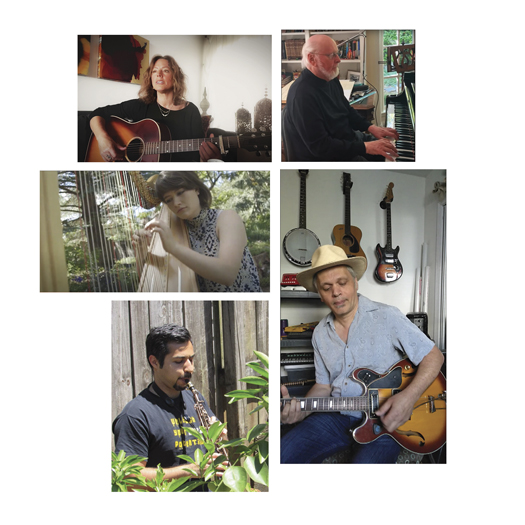This July, it became increasingly clear that the Biden Administration’s goal of having 70% of the US population fully vaccinated by July 4th was not going to be achieved. While vaccines have been available, vaccine hesitancy has slowed the rate of getting shots into arms.
As of July 14, 56% of the US population had received at least one dose of a COVID-19 vaccine and 48% were fully vaccinated, but coverage varied widely among different groups. According to The New York Times, 70% of Canadians had received their first dose of a COVID vaccine and 46% had been fully vaccinated. The push to reach the goal of 70% of the US population fully vaccinated continues.
On June 22, 2021, the Arts Entertainment and Media Industries cohort of the Department for Professional Employees, AFL-CIO (which includes the AFM) met by Zoom with the White House COVID-19 Response Team. During the brief meeting led by Asma Mirza, chief of staff of the team, we discussed vaccination events and the ability of entertainment unions to assist in spreading the word about the importance of getting fully vaccinated. Since musicians’ ability to safely return to work hinges on a high percentage of the population being fully vaccinated, the AFM is very supportive of this White House initiative.
White House Messaging
Getting vaccinated gets us back to normal. Getting fully vaccinated (two doses for most vaccines) is the best way to defeat this virus and get back to safely gathering with family, friends, weddings, sports, and travel.
The vaccine is free and available to everyone. Vaccines are available at no cost to anyone age 12 and older living in the United States, regardless of immigration or insurance status. Many pharmacies and vaccination sites are now offering walk-in vaccination, so an appointment may not be necessary.
If you have questions, talk to your doctor, pharmacist, or health care provider. Estimates show that 90% of doctors have gotten a shot themselves.
More than 170 million Americans have received a vaccine. They are protected from this deadly virus and are on the path back to normal.
Find a Vaccination Site:
Visit vaccines.gov or vacunas.gov
Text your ZIP Code to 438-829 to find a vaccine near you.
Call the National COVID-19 Vaccination Hotline (1-800-232-0233)
For updates and other material resources, visit wecandothis.hhs.gov.
Returning to Work—Signs of Life
As more people become fully vaccinated, returning to work becomes more realistic. Over the last few months, the initial steps toward musicians returning to work have begun. At the time of this writing, discussions with the Broadway League over Pamphlet B touring are nearing an end and a few shows are scheduled to begin touring in late summer or early fall. COVID-19 safety protocols are part of the current discussions with the Broadway League.
NYC Broadway shows are scheduled to start again in mid-September and many symphony orchestras are announcing their 2021-22 seasons. While there is a long way to go before musicians are able to return to pre-COVID activity levels, the feeling of having turned the corner is a long-awaited and welcomed relief.


